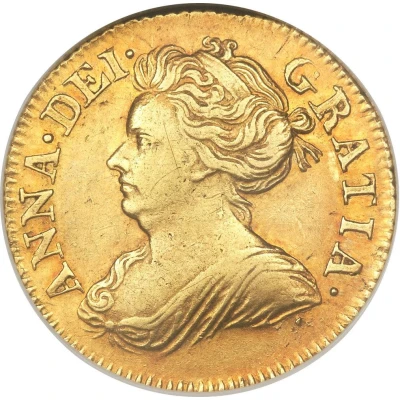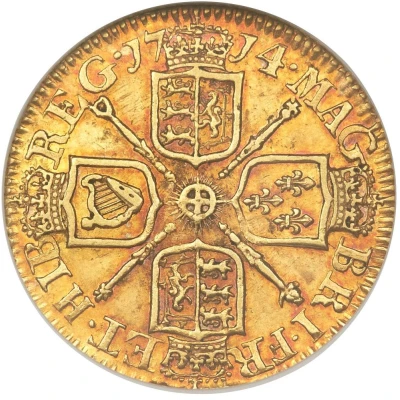50 Pence Trial
1967 year| Copper-nickel | - | - |
| Issuer | United Kingdom (United Kingdom, British Overseas Territories and Crown Dependencies) |
|---|---|
| Queen | Elizabeth II (1952-2022) |
| Type | Pattern |
| Year | 1967 |
| Value | 50 Pence (0.50) |
| Currency | Pound sterling (1158-1970) |
| Composition | Copper-nickel |
| Shape | Equilateral curve heptagon (7-sided) |
| Technique | Milled |
| Demonetized | Yes |
| Updated | 2024-10-09 |
| Numista | N#350300 |
|---|---|
| Rarity index | 100% |
Reverse
Blank.
Edge
Plain
Comment
Shaped coins – shapes that is other than round – are nothing new. The Chinese, as with so much else, were there well before western Europe, while for England the Civil War siege pieces of the seventeenth century are an early example of experimentation with this idea. Britain had to wait until the 1930s, however, and the issue of the 12-sided threepence for its first multi-sided coin of regular issue and thereafter there was much more to come from many other countries.The idea to issue the world's first equilateral-curve heptagon as part of Britain's new decimal currency came originally from H. G. Conway, the technical member of the Decimal Currency Board who was at that time President of the Institute of Mechanical Engineers. The item illustrated here, which is inscribed with his name, is a trial piece from very early in the process of development. The fifty pence has since become an extremely popular coin and it is only right that on at least one coin the unsung hero of its introduction is celebrated.
Shared courtesy of The Royal Mint Museum.
Interesting fact
One interesting fact about the Pattern 50 Pence (Trial) 1967 from United Kingdom is that it was designed by Christopher Ironside, a British artist and designer, who also designed the reverses of many other coins, including the 1966 and 1969 decimalization commemorative coins.



